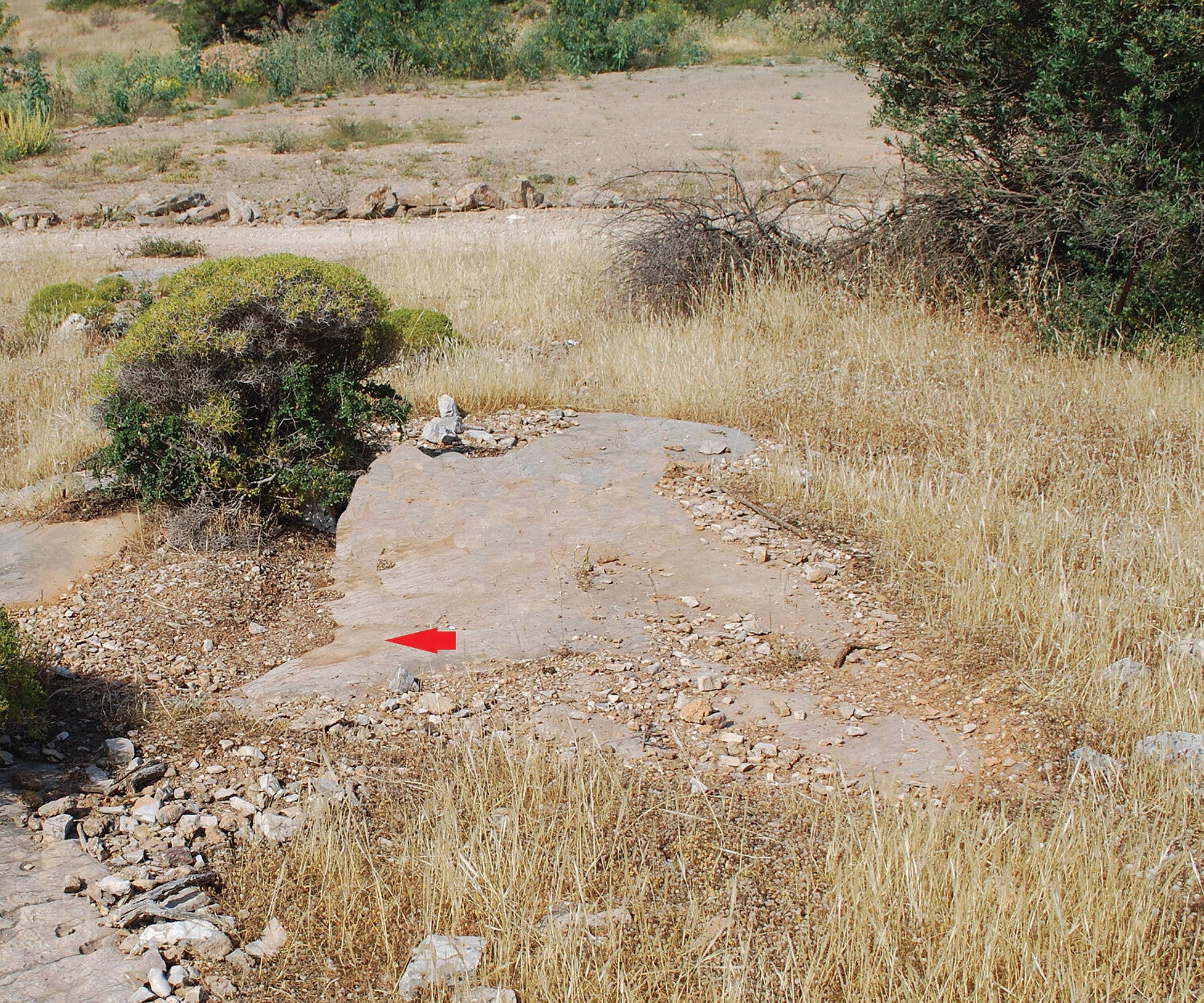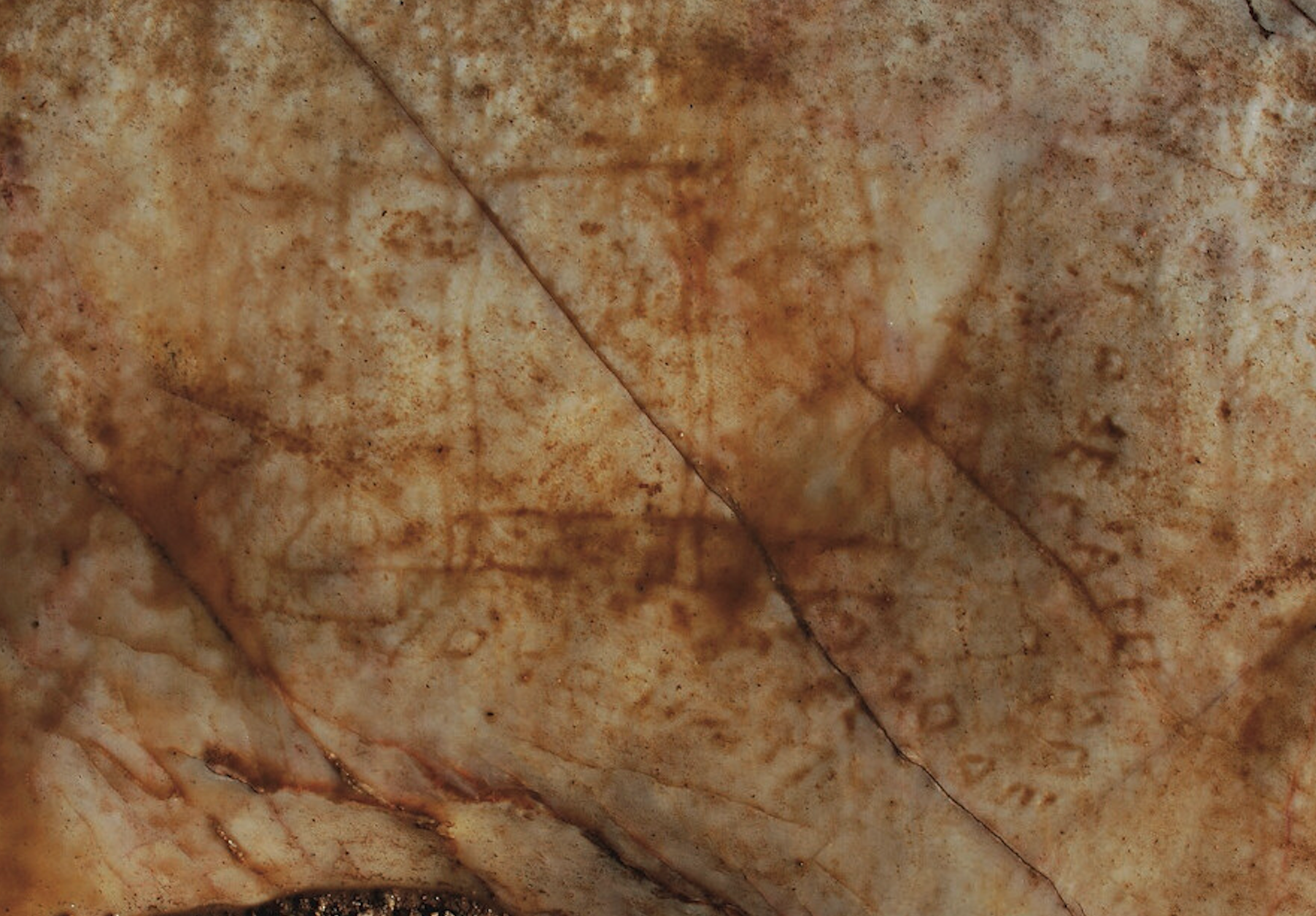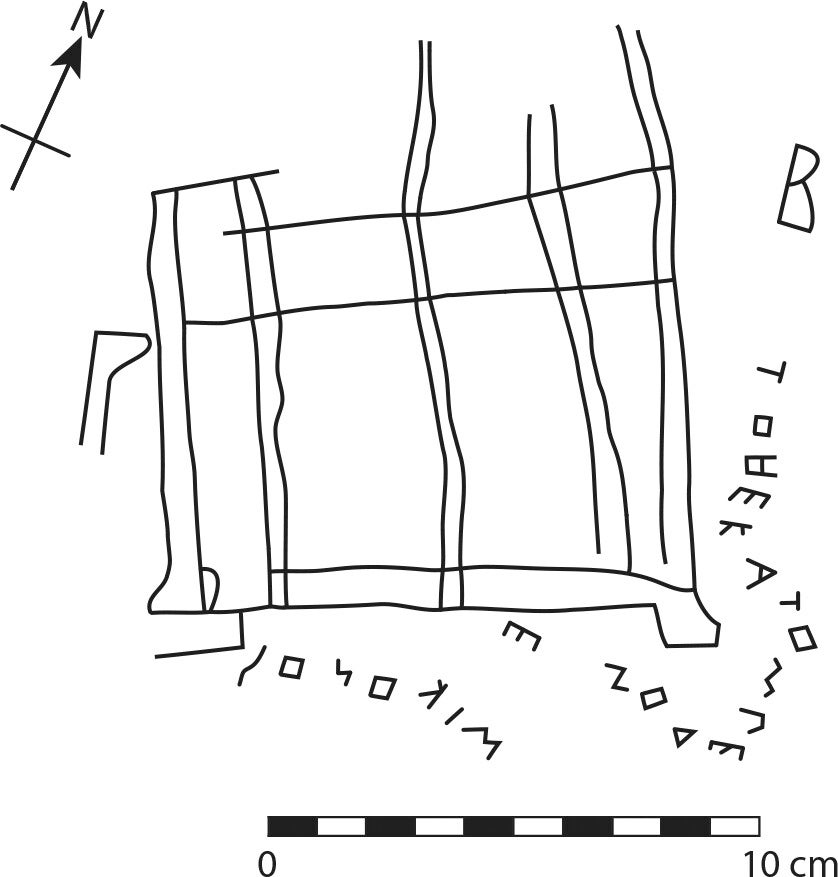Discovery of ancient Greek shepherd’s graffiti rewrites Athens history
Drawing must be ‘at least 50 years older than Parthenon’, researchers say
Your support helps us to tell the story
From reproductive rights to climate change to Big Tech, The Independent is on the ground when the story is developing. Whether it's investigating the financials of Elon Musk's pro-Trump PAC or producing our latest documentary, 'The A Word', which shines a light on the American women fighting for reproductive rights, we know how important it is to parse out the facts from the messaging.
At such a critical moment in US history, we need reporters on the ground. Your donation allows us to keep sending journalists to speak to both sides of the story.
The Independent is trusted by Americans across the entire political spectrum. And unlike many other quality news outlets, we choose not to lock Americans out of our reporting and analysis with paywalls. We believe quality journalism should be available to everyone, paid for by those who can afford it.
Your support makes all the difference.A graffiti made by a shepherd in ancient Greece has helped archaeologists uncover a long-standing mystery about the history of the iconic Acropolis of Athens.
The Parthenon is a world-renowned archaeological site with millions visiting the temple on the rocky hill of Athens each year.
However, archaeologists have long debated whether temples existed on the Acropolis long before the Parthenon.
Now, researchers have found graffiti drawn by a shepherd named“Mikon” who lived in the 6th century BC, which depicts a temple on the Acropolis predating the Parthenon.
By signing his drawing using particular alphabets, Mikon has allowed the graffiti to be dated.
Archaeologists say the version of the Greek alphabet he used is very ancient, indicating the drawing was made as early as the 6th century BC.
“The drawing must be at least 50 years older than the Parthenon, which was begun around 450 BC,” they say.
In the middle of a marble outcrop about 20km (12 miles) southeast of Athens, archaeologists found an area covered with over 2,000 drawings most likely made by shepherds and goatherds.
Among these drawings, Mikon’s graffiti of a large temple building – complete with columns and steps – stands out.
This graffiti is decades older than the Parthenon, according to the study, published in the American Journal of Archaeology.

Researchers have suspected the likely existence of ancient temples older than the Parthenon on the Acropolis.
It is known that an invading Persian army in 480 BC destroyed buildings erected in the Acropolis of Athens at the time.
Ancient Greek documents from before the Persian attack also point to several structures in the region.
One such decree refers to what is called the “Hekatompedon” on the Acropolis, meaning “of a hundred feet”, which was used for a somewhat ambiguous purpose of “treasure storage.”

While this has offered some clues about the features of a lost building, its exact nature has been subject to debate.
Some held that Hekatompedon mentioned in the decree was likely a temple, while others argued it must have been an open courtyard.
Mikon’s graffiti has finally cleared this debate.
By using a definite article, the shepherd was referring to “a specific building” in his graffiti, the study noted.

Since Mikon called his drawing of a temple “the Hekatompedon”, it means the term in the decree also referred to a temple.
“In sum, Mikon’s graffito is a unique document from the second half of the sixth century BCE depicting a colonnaded building, presumably a temple, labeled ‘the Hekatompedon,’” archaeologists said.
“In particular, it strengthens the view that this term referred to a temple, with a probable, though uncertain, location on the south side of the Archaic-period Acropolis,” they added.
The research also suggests that shepherds during this period were somewhat literate, contrary to what is thought.
Mikon’s drawing also stands as the earliest known testimonial admiration of the architecture of the Acropolis – with millions still to come.
It is also proof that even a small scribble by the common folks of an ancient civilisation can help unravel the mysteries of ancient sites.

Join our commenting forum
Join thought-provoking conversations, follow other Independent readers and see their replies
Comments